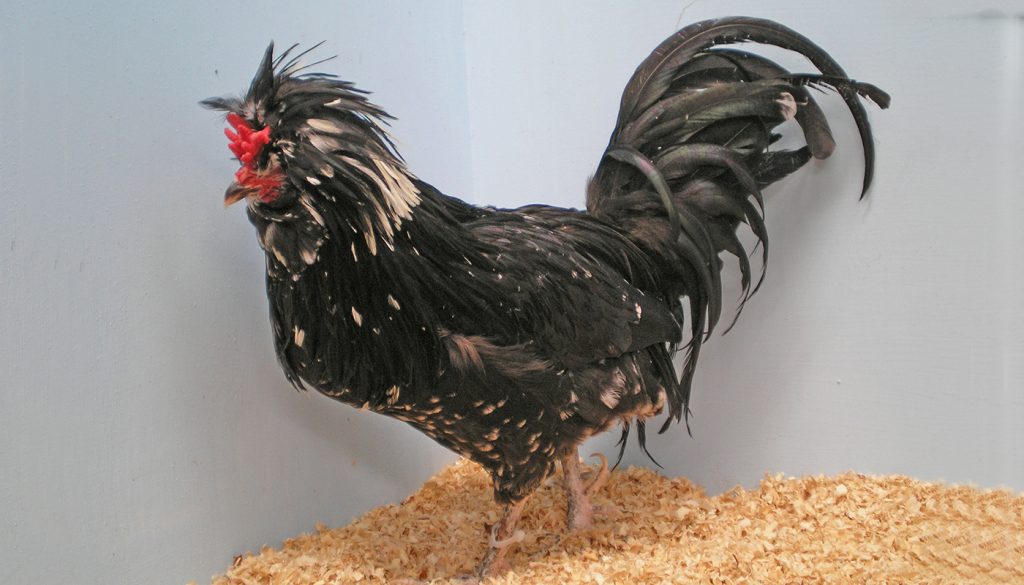
These beautifully unusual birds have a rare butterfly crest and are one of the few chicken breeds to have five toes. Even though they do not have very good vision due to their crests which tend to limit it they are calm, friendly birds that have unique personalities. Most people who own Houdans comment on how friendly they are and how much they bond to their humans.
They belong to a very old French breed of chicken that was once used for both their eggs and meat. However, there are mixed reports on their egg laying productivity.
They are a beautiful bird that looks like they are wearing elaborate hats and with a V-Shaped comb make them look like they have a bow in the middle of their crest. Their beautiful plumage is rather puffy with soft White or Mottled feathers.
| Country of Origin: | France |
| American Poultry Association: | Recognized as a breed of chicken in the United States |
| Chicken Category: | Large Breed |
| Chicken Class: | Continental |
| Bantam Variety Available? | Yes – All Other Comb Legged Bantam Classification |
| Related | TOP 10 BANTAM CHICKEN BREEDS FOR BEGINNERS |
| Good Starter Chicken? | They are a low maintenance chicken with a nature that makes them perfect as a starter chicken. Although they are not a common backyard chicken. |
| Related | 10 BEST STARTER CHICKENS FOR THE FIRST TIME POULTRY KEEPER |
PURPOSE⇒ |
Eggs: They are fairly good egg layers.
They lay small white eggs from 180 per year They will lay consistently throughout winter and summer They start to lay eggs from around 22 weeks old.
Meat: They have white skin and are said to be tasty meat birds having achieved the “Label Rouge” certification for excellent taste in France. This is a very sought after certification.
Breeding: The roosters are said to be very fertile and easy to breed with the hens going broody. They make great mothers.
If you are breeding the Houdan for show choosing the correct hens and rooster bloodline is crucial.
Foraging: They love to scratch and forage about. But do well in confinement.
Show Bird: Their magnificent plumage and stylish crests make them great show birds.
Pets: They are sweet, docile and calm chickens which makes them wonderful pets
Other: These lovely ladies will lead the flock around the garden enjoying the day as they peck about at the pests.
|
| Flyers? | They can be flighty |
| Noisy Birds? | They are not very noisy birds |
| Interaction with other chickens: | They get along well with other breeds. As with any flock if you are introducing new birds it is best to slowly socialize them with the flock. |
| Good with kids? | Their gentle calm nature makes them a great pet to have around supervised children. |
| Related | 10 ROOSTER BREEDS THAT DO NOT MIND CHILDREN |
HISTORY
Houdan chickens are an ancient breed of chicken have been thought to have been bred from breeds from the Roman empire around AD7 to AD40. There are reports of Houdan even before the 1700’s in France from where these chickens originate.
They were found just west of Paris in Normandy, the Department of Yvelines.
The Houdan was a breed that was held in the highest of Esteem for its meat and egg production in France during this time.
They were first exported to England in between 1853 and 1865 arriving in the USA in 1865 imported by a Mr Dorose. They were first exhibited in 1867 in Worcester, Massachusetts by John B. Gough.
The Houdans that were imported to America were of the Mottled variety which is a deep rich black mottled with pure white spots.
Mr F.D. Baerman crossed White Polish chickens with Mottled Houdans to create the White Houdan.
The Houdan was accepted into the Standard of Perfection by the American Poultry Association in 1874.
CHARACTERISTICS |
|
|---|---|
IDENTIFICATION⇒ |
Appearance/Body: Houdan has a large butterfly crest and a small V-Shaped comb making it look like a bow holding back their crest. They have a beard, earmuffs, red comb, waters and white earlobes.
They are a heavy breed with shiny fluffy feathers that cover their head, body and tail. They have clean legs.
Color(s)
Comb: They have a V-comb
Ave. Weight: Pullet/Hen 5.5 – 6.5 lbs.
Cockerel/Rooster 7 lbs. – 8 lbs. |
| Life Expectancy: | The average lifespan is 8 years |
| Health: | They have no known health issues and are quite a heat hardy bird. They are not too cold hardy and may need extra shelter. |
| You may Also Like: | HOW TO TELL IS A CHICKEN IS SICK |
| Temperament: | Gentle calm and docile. Due to their vision being impaired by their crests it is sometimes advisable to get their crest trimmed back. |
| Socialize Behavior? | They get along well with all other animals |
| You may Also Like: | HOW TO SOCIALIZING YOUR NEW CHICKENS |
| Known predators: | Most domestic animals leave them alone as they are large birds, but it is always best to keep an eye on dogs and cats. If hawks and or foxes are in your area it is always best to take precautions. Although they are not an easy target for most feathery predators. Check with local animal shelters, zoos, vets, animal control and or pet stores about common predators in your area. |
| Conservation Status: | These birds conservation status is recorded as “threatened”. It is best to check on any special license or instructions that may be set up for owning these birds. This can be checked with your local or national conservation centers. |
IDEAL ENVIRONMENT |
|
|---|---|
| Garden Size: | They adapt well to most sized gardens and take confinement well. They do like to free range and forage about to stretch their legs. |
| Ideal Climate: | They are very summer hardy birds but do not take to the cold too well and may require extra attention and caution in the winter. |
| Ideal Coop: | The rule of thumb for any coop is 50 cm x 50 cm per hen/rooster in the coop. Ensure there is a good space for the nesting boxes and nightly roosting rails at least 1.5 inches wide. Good ventilation for air but not too drafty especially in winter. It is always a good idea to raise the coop off the ground to give the birds a dry place to roost and lay especially in wet weather. |
| Ideal Coop Run: | Houdan can be flighty chickens and can fly. It is advisable to fully cover the coop run to give the birds a safe secure environment. This will stop them from flying off and trying to roost in the trees or neighbors garden. |
| Ideal Flock Size: | They are quite happy in any size flock as long as they have one companion to wander the gardens with. |
| Special Instructions: | Their crests, muffs and beards should be trimmed back ever so often. |
| Accessories: | The following accessories are ideal for your coop: Nesting boxes Straw for the boxes and roosting area Roosting rails Perches Water troughs/bowls Food bowls/feeders Heating lamp(s) Animal carrier for transport purposes |
| You may Also Like: | 45 FREE DIY CHICKEN COOP PLANS, TUTORIALS AND DESIGNS |
WHERE TO FIND THESE BIRDS TO ADD TO YOUR FLOCK
The Houdan can be found in various hatcheries and may even be found at some live poultry outlets and farms. For the best bloodlines or for quality breeding stock it is best to check with your local conservation centers and registered breeders. You can find registered breeders on the Polish Breeders Club website along with a host of valuable information. They will also be able to help with any special requirements, attention or care they may need. If you plan on breeding your chickens, you will want to make sure that they are from a good bloodline.
CARING FOR THE BIRD(S)
Please click here for our full guide to “Taking care of chickens”. This is a comprehensive guide to owning chickens. It covers where to start from choosing your ideal flock, the coop that would best suit your garden, your bird and you to buying and bringing your bird(s) home.
GENERAL
Except for the keeping their crests out of their eyes, they are an easy breed to keep and handle. There crests will grow back ever so often once they have molted and will have to be clipped again to keep their vision clear.
GROOMING
These chickens do love their dust bath and will love some added herbal essences mixed into the loose sand to help with pests and excess feather oils. As big as they are they do adore attention and these gentle creatures will have no objection to a regular examination for mites, lice and various other parasites. Checking for these pests in their feathers should be done at least once a week to your chickens healthy. Always get your birds de-wormed on a regular basis especially if they are around other animals or interacting with kids.
DIET AND NUTRITION
A balanced diet of chicken pellets, grains, chicken mash or grain mix from 8 weeks old and older. This should be fed to them first thing in the morning before they are let out to roam about to ensure they are getting all their nutrients.
For baby chickens, the best is always Chick Starter when they are under 8 weeks old.
Laying hens should get extra protein and calcium in their diets to ensure the quality of their eggs and to keep them in tip-top health.
Table scraps in the form of vegetables and fruit is always a welcome treat to your Houdan chickens. They find these scraps even better if they are served as ice-cubes on very hot days.
Feeding your chickens correctly will give your organic garden a lot of nutritious fertilizer to make your vegetables or flowers grow.
Please see our comprehensive guide to “Feeding your chickens” for more information of the different types of chicken feed for chicks, hens, laying hens, roosters, etc. and where to buy the feed and approximate cost of the feed.
SOCIALIZING THE BIRD(S)
Houdan is not a difficult bird to socialize with newcomers/other breeds.
Always check on how well a breed will get on with your current flock before buying them as you do not want to upset your coop or stress your current flock.
If you want to introduce another breed with your Houdan, try a breed that has a gentle nature that will match theirs.
As with any newcomer to the roost, you will have to quarantine the bird for 7 – 31 days to ensure it does not have any unwanted critters or disease that could spread to your current flock.
Even though they are gentle sociable birds, even they have a pecking order, so it is advisable to socialize newcomers slowly and determine when it is right to allow them to become a permanent part of the flock.
NOTES / SPECIAL INSTRUCTIONS
As they are registered as a “threatened” conservation status they may need an extra license to own or keep in your garden. For advice on what the bird’s conservation status and orders are please check with your local conservation department.
For breeders, it is imperative that you always check your bird’s bloodlines and ensure you are buying your birds from a reputed breeder/farm. In order to sell birds of such stature, they have to be recorded and documented, always check with local animal breeding organizations for these records.
These legitimate documents are also required should you wish to show your bird(s) in various poultry shows/competition showings.
For information and advice on adopting rescued animals, you can visit or contact your local animal welfare center.
Video
USEFUL LINKS
- Caring for your Chicken
- Feeding
- Health
- Socializing your Chicken
- Breeding Chicken
- Raising Chickens A-Z
- Hatching Eggs
- What is Molting
- Animal Shelter (ASPCA)
- American Veterinary Medical Association
- American Poultry Association
- American Animal Welfare Society
- American Animal Control
- American Animal Husbandry Society
References
- https://en.wikipedia.org
- https://livestockconservancy.org
- https://www.roysfarm.com
- https://www.mypetchicken.com
- https://www.backyardchickens.com
- https://www.feathersite.com/
 Chicken Vaccinations and why they are Important to a Flock
Chicken Vaccinations and why they are Important to a Flock SOCIALIZING YOUR NEW CHICKENS
SOCIALIZING YOUR NEW CHICKENS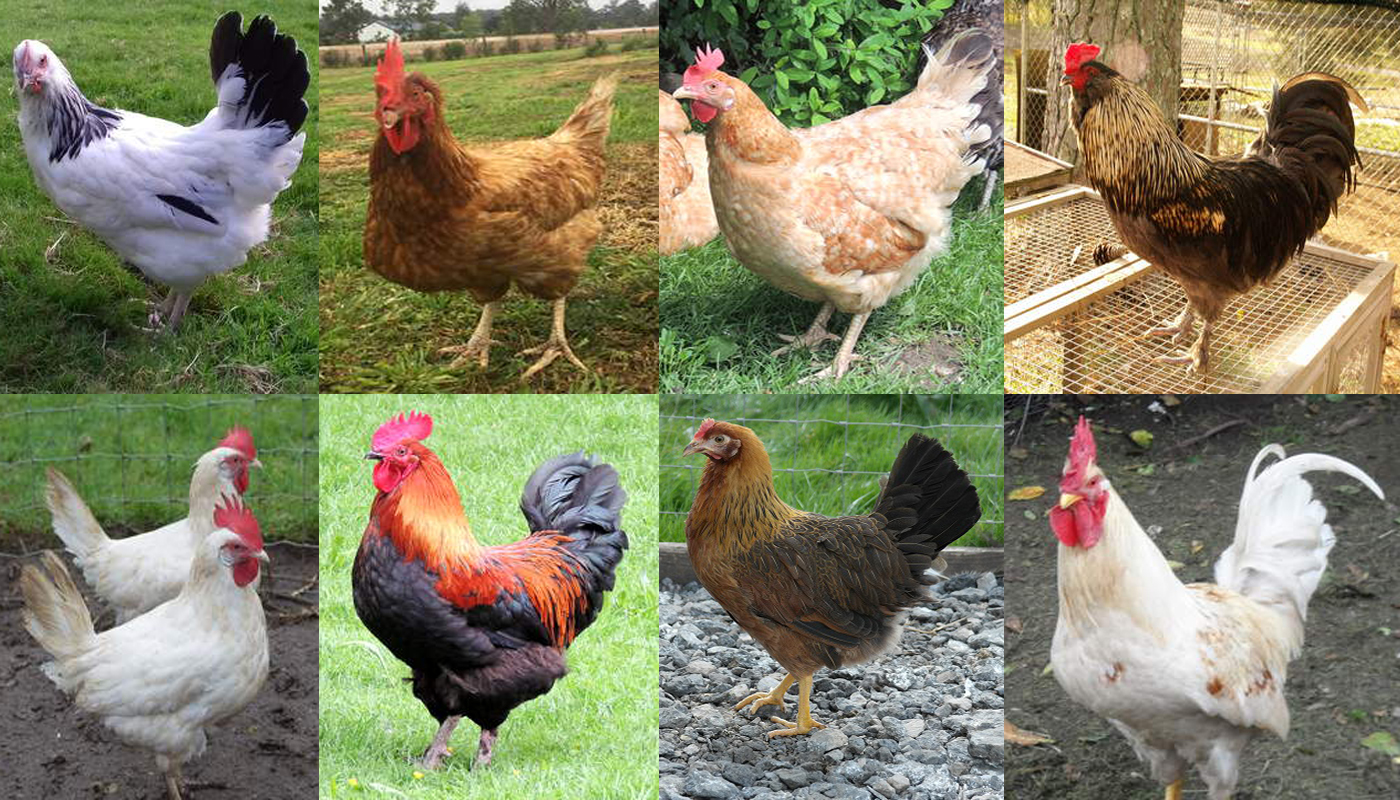 10 Chicken Breeds that Make the Best Starter Chickens for the First Time Poultry Keeper
10 Chicken Breeds that Make the Best Starter Chickens for the First Time Poultry Keeper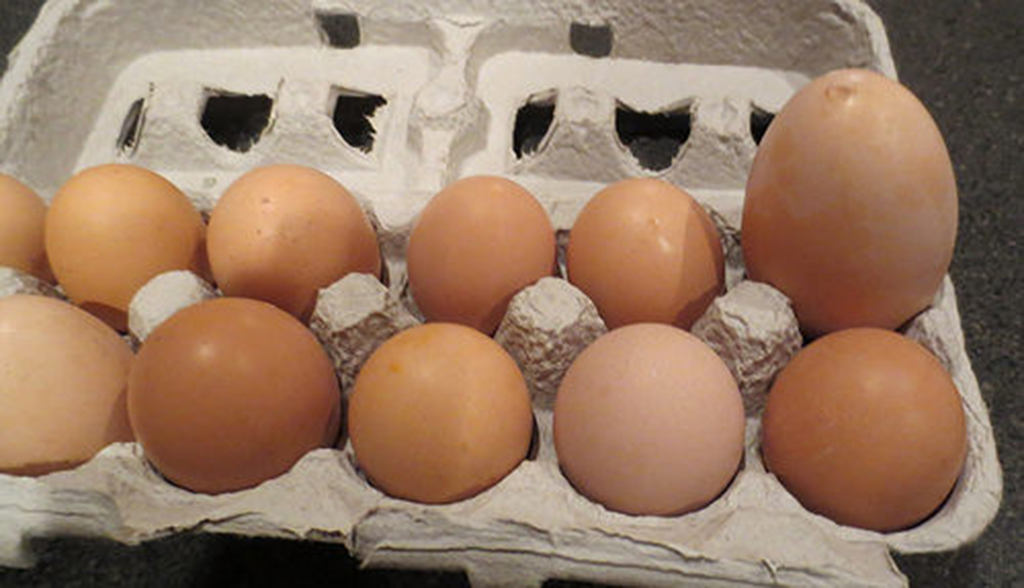 Top 10 Jumbo and Extra Large Egg Laying Chicken Breeds
Top 10 Jumbo and Extra Large Egg Laying Chicken Breeds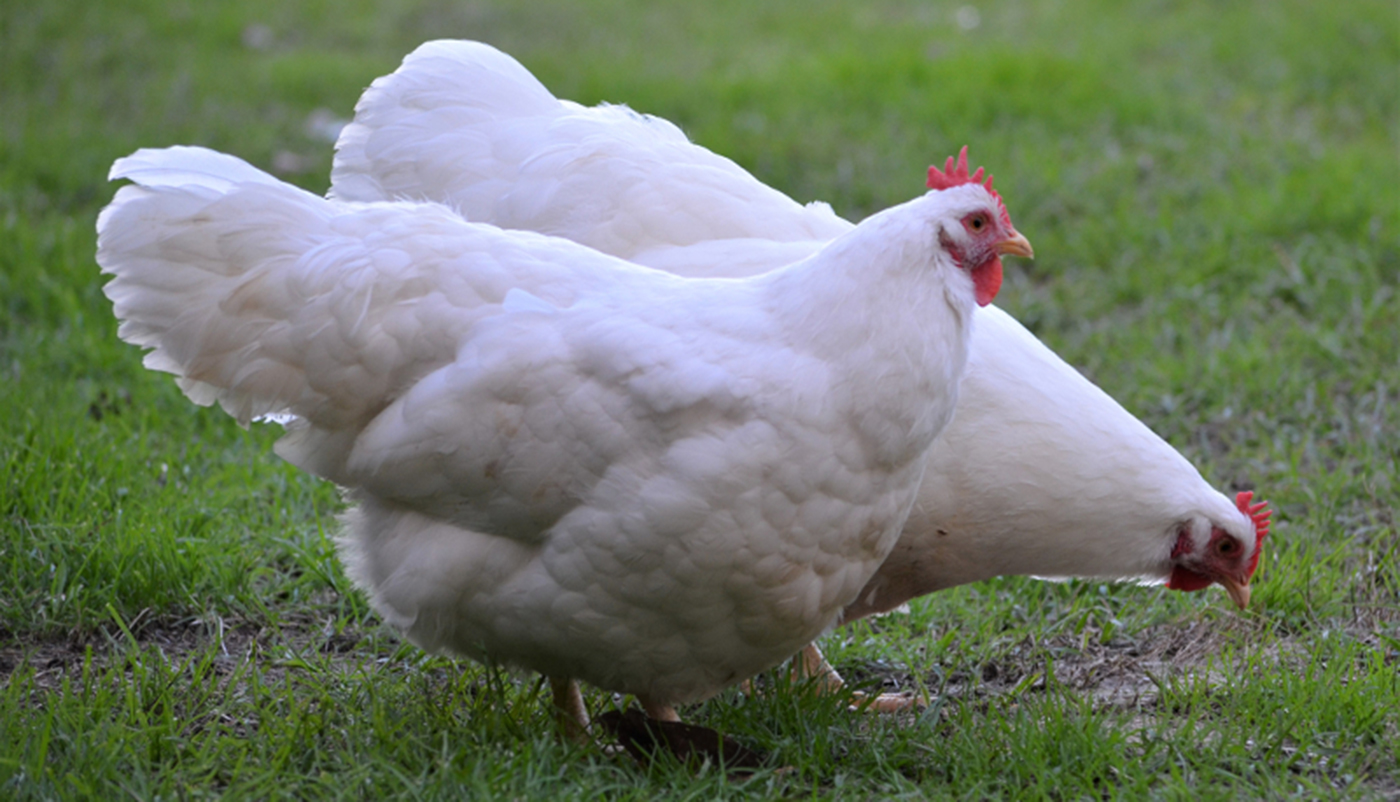 Lamona Chicken Breed – Everything You Need to Know
Lamona Chicken Breed – Everything You Need to Know CONDITIONS THAT AFFECT A CHICKENS VENT
CONDITIONS THAT AFFECT A CHICKENS VENT Common Digestive Disorders in Chickens: Symptoms, Treatment, and Prevention
Common Digestive Disorders in Chickens: Symptoms, Treatment, and Prevention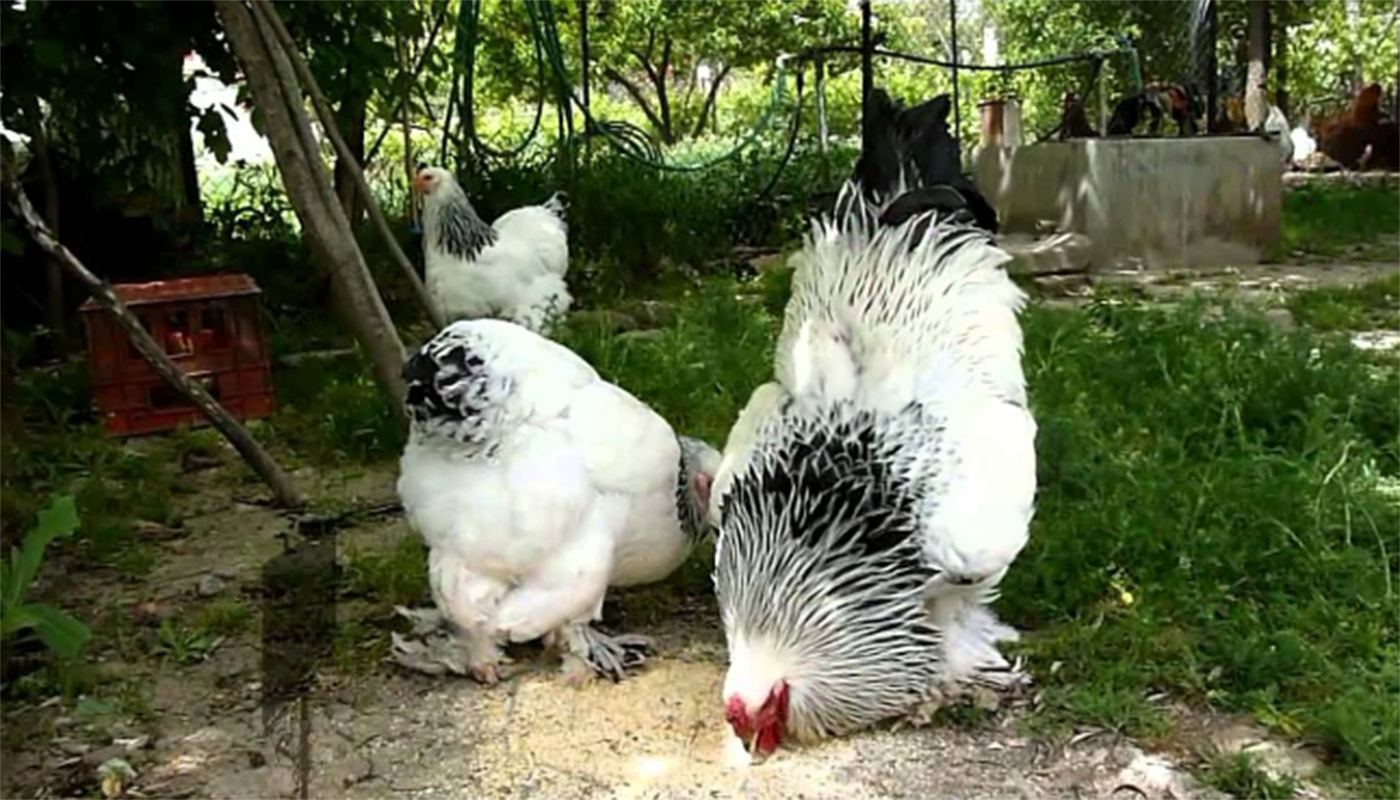 Brahma Chicken Breed – Everything You Need to Know
Brahma Chicken Breed – Everything You Need to Know Cockerels and Roosters
Cockerels and Roosters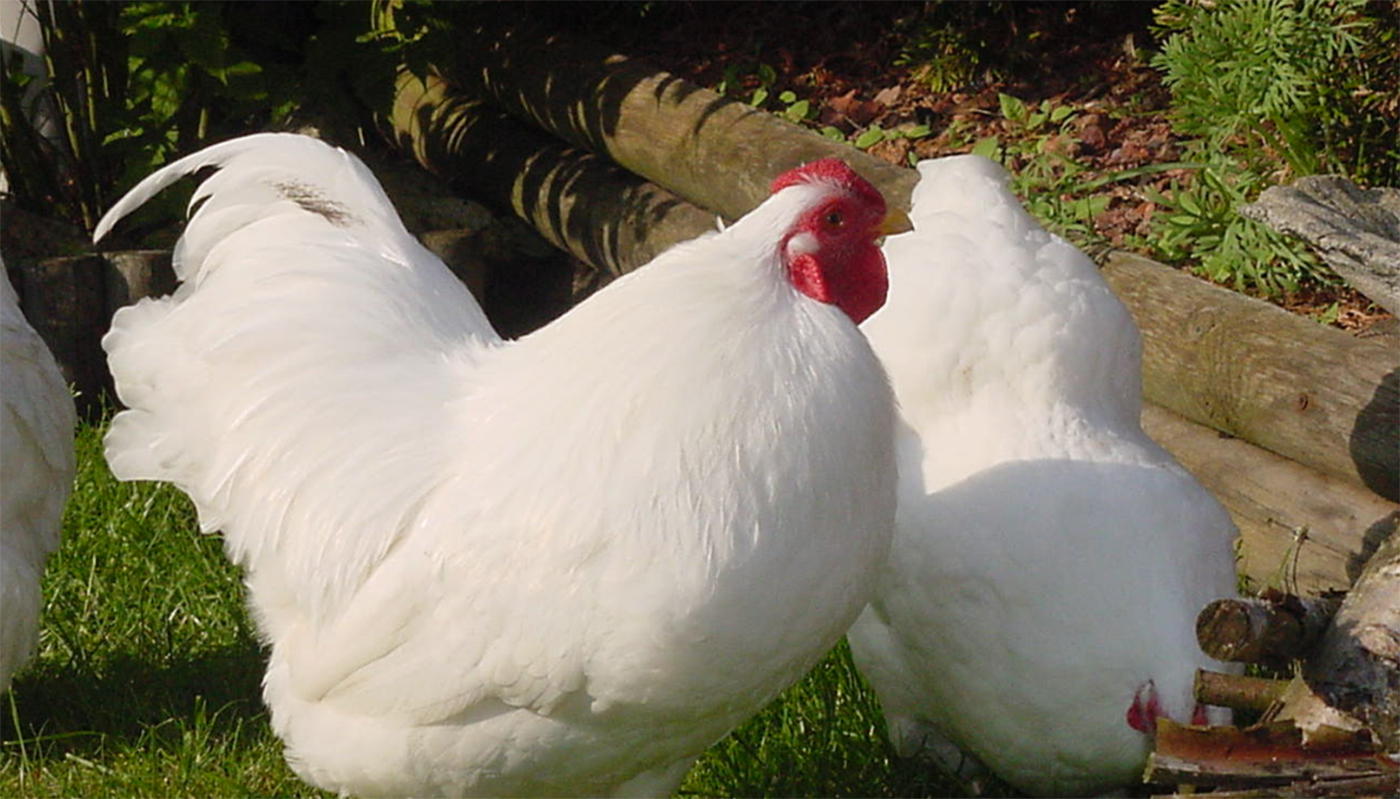 Chantecler Chicken Breed – Everything You Need to Know
Chantecler Chicken Breed – Everything You Need to Know CHOOSING YOUR FERTILIZED EGG(S) – HATCHING EGGS PART 2
CHOOSING YOUR FERTILIZED EGG(S) – HATCHING EGGS PART 2 CONDITIONS THAT AFFECT A CHICKENS SKIN
CONDITIONS THAT AFFECT A CHICKENS SKIN